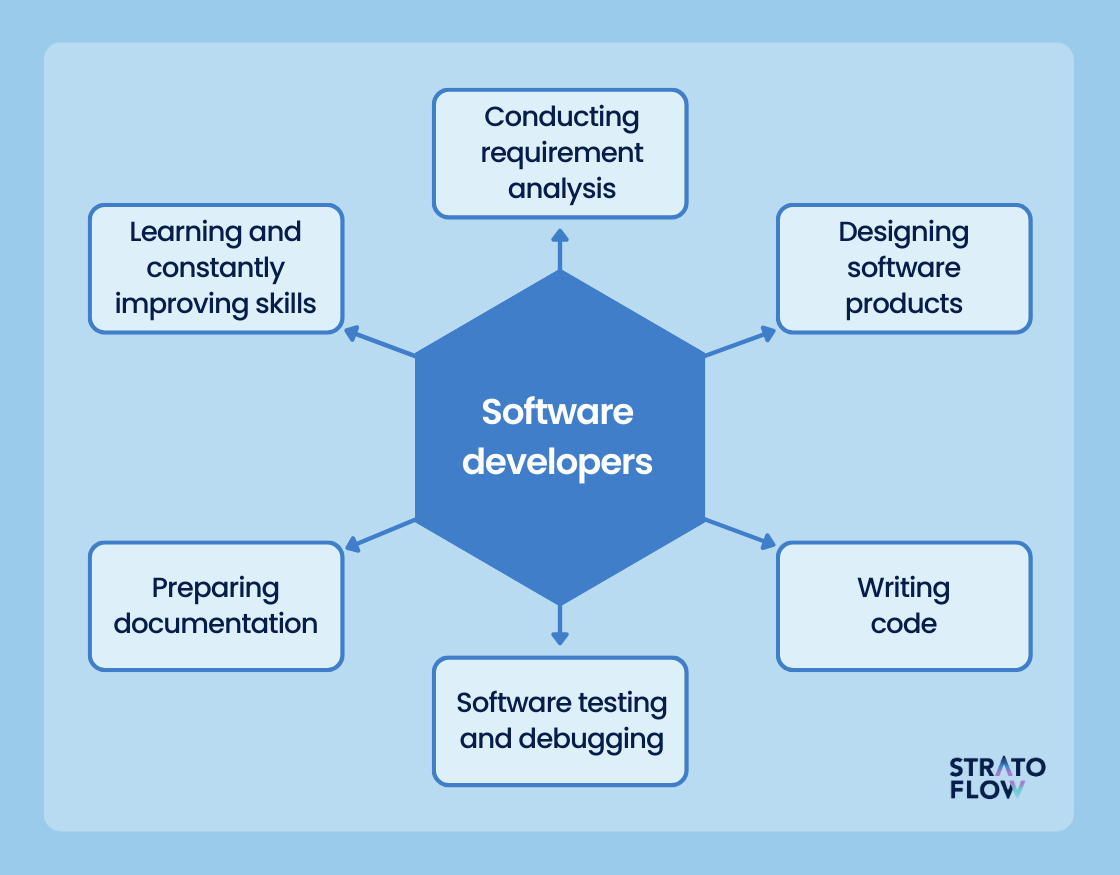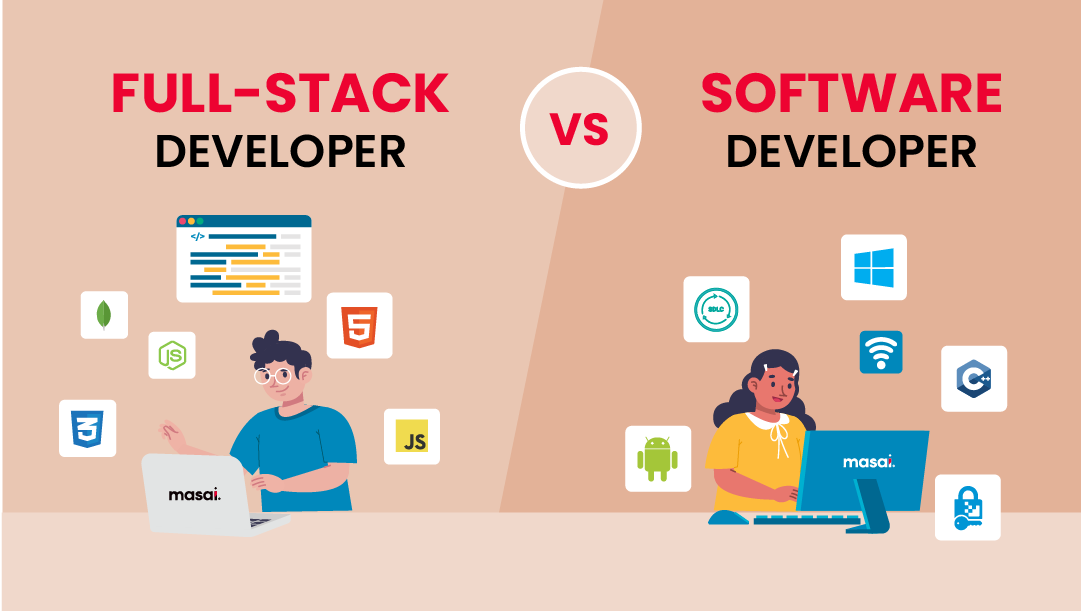Maximize Your Resources with Expert Software Engineering Staffing Solutions
Wiki Article
Committed Developers vs. In-House Teams: Which Is Right for You?
The choice in between utilizing devoted programmers and maintaining an internal group is a substantial one that can influence the trajectory of your tasks and overall service method. Dedicated developers give a degree of adaptability and specialized know-how that can be beneficial for particular, temporary efforts. Alternatively, internal teams contribute to a natural company culture and a nuanced understanding of long-term goals. By checking out important elements such as spending plan, task range, and desired control, you can much better identify which method lines up with your business needs. The effects of this choice extend beyond instant outcomes-- take into consideration the wider effect on your organization landscape.Understanding Committed Programmers
The growing demand for specialized skills in the technology industry has actually caused the appearance of committed programmers as a viable option for numerous companies. These professionals are typically contracted on a job basis, enabling companies to utilize specific competence without the lasting commitment linked with permanent hires. Dedicated programmers are often ingrained within a client's team, offering adaptability and scalability to fulfill job needs.This design enables organizations to access an international ability pool, which is especially helpful in a swiftly progressing technical landscape. Devoted developers can be sourced from numerous geographical places, making sure that business can find the best skill set at competitive prices. They commonly bring a wealth of experience and knowledge, having actually serviced diverse tasks throughout various markets.
Additionally, specialized designers can concentrate solely on the jobs handy, boosting efficiency and effectiveness. They are furnished to integrate effortlessly into existing operations, working together closely with in-house teams to accomplish task objectives. This approach not just decreases the problem of recruitment and training but also enables organizations to remain active, adapting swiftly to altering market needs and technical advancements.
Benefits of In-House Teams

Furthermore, in-house groups often tend to have a deeper understanding of the business's goal, values, and goals. This alignment can boost staff member involvement and inspiration, as group participants really feel a lot more linked to their work and the company's success. In addition, having a committed internal group permits much better placement of goals and techniques, as these participants are consistently concentrated on the firm's priorities.
Internal groups likewise help with quicker decision-making procedures, as they can respond extra swiftly to changes and obstacles. The established partnerships and knowledge with firm methods allow for structured process and reduced miscommunication. Eventually, the mix of a natural society, positioning with organizational objectives, and reliable interaction makes in-house teams a beneficial asset for several companies, especially those seeking to grow long-term development and development.
Expense Considerations
When examining cost considerations, both devoted designers and in-house teams existing unique financial implications for companies. Engaging devoted developers generally entails a pay-per-project or hourly rate model, which can be cost-efficient for services with fluctuating task needs. This strategy enables for flexibility in scaling resources up or down, ensuring that business only spend for the solutions they need.In comparison, in-house teams require fixed prices, including salaries, advantages, and overhead costs such as office space and devices. While this design provides higher control and immediate availability of sources, it may lead to greater long-lasting expenses, especially if the workload does not justify a full time staff.
Additionally, business ought to consider the surprise prices associated with recruitment and training of internal workers, which can further strain budgets. In some situations, the time and resources invested in taking care of an internal group can diminish the company's core service purposes.

Job Management and Flexibility
Job management and flexibility are essential aspects that affect the option between internal teams and dedicated programmers. Committed groups usually have developed procedures for managing jobs properly, leveraging specific methodologies like Agile or Scrum, which facilitate repetitive development and flexibility.
Ultimately, the choice in between dedicated designers and internal teams rests on the preferred level of versatility and the details project monitoring requirements. Firms have to assess their functional characteristics, task complexity, and source schedule to determine which alternative lines up ideal with their calculated objectives.
Making the Right Option
Picking the right development approach-- in-house groups or specialized designers-- requires a mindful analysis of numerous factors that line up with a business's calculated goals. Conversely, in-house teams can provide better continuity and assimilation with existing personnel.Following, review your budget plan. Devoted designers often present an affordable option for short-term jobs, while in-house teams may sustain greater long-lasting expenditures because of wages, benefits, and expenses costs. Evaluate the level of control and partnership desired; internal groups commonly cultivate more powerful communication and positioning with company culture.
If immediate results are required, devoted designers can be onboarded rapidly, whereas constructing an in-house team takes time for employment and training. If continuous advancement is essential, spending Learn More in an in-house group might yield far better returns over time.
Final Thought
Finally, the choice in between dedicated programmers and internal groups depends upon over at this website task demands and business objectives. Devoted designers offer adaptability and customized expertise, making them appropriate for short-term efforts. On the other hand, internal teams grow a natural culture and deeper placement with long-term goals. Mindful assessment of spending plan constraints, task timelines, and wanted control levels is important for figuring out the most suitable method, ensuring placement with calculated top priorities and functional efficiency.The decision in between using dedicated designers and keeping an in-house team is a considerable one that can affect the trajectory of your projects and overall organization approach.Task management and flexibility are vital aspects that affect the choice between specialized programmers and internal groups. software development staff augmentation.In contrast, internal groups may succeed in maintaining a consistent project monitoring framework due to their knowledge with the organization's culture and long-term objectives. Committed programmers frequently offer a cost-efficient solution for short-term jobs, while internal teams might incur greater long-term expenses due to salaries, advantages, and overhead costs.In conclusion, the decision between internal teams and devoted programmers hinges on project demands and business purposes
Report this wiki page